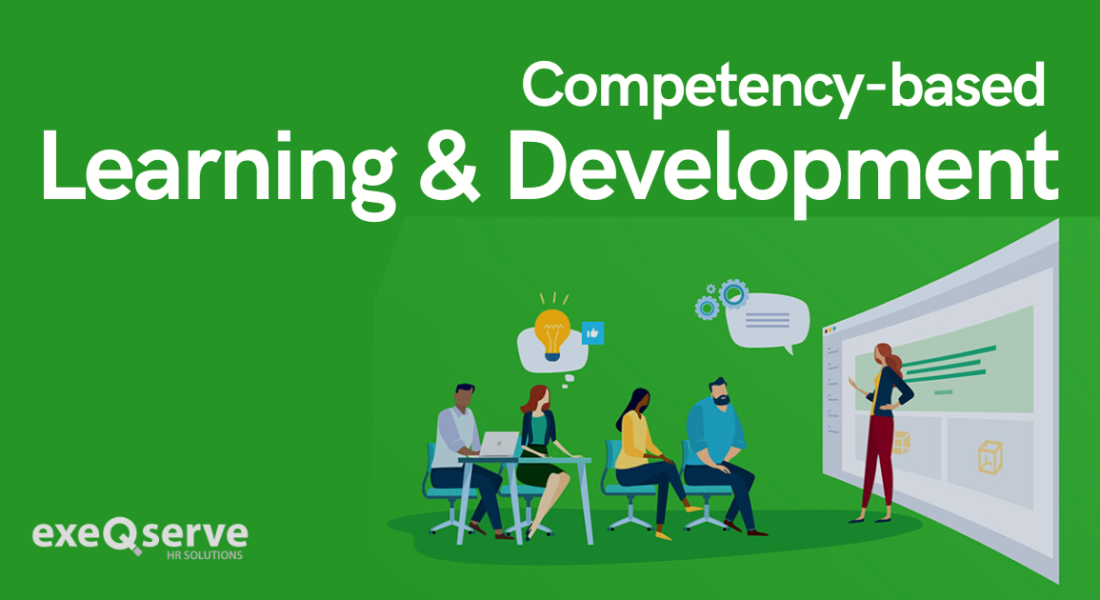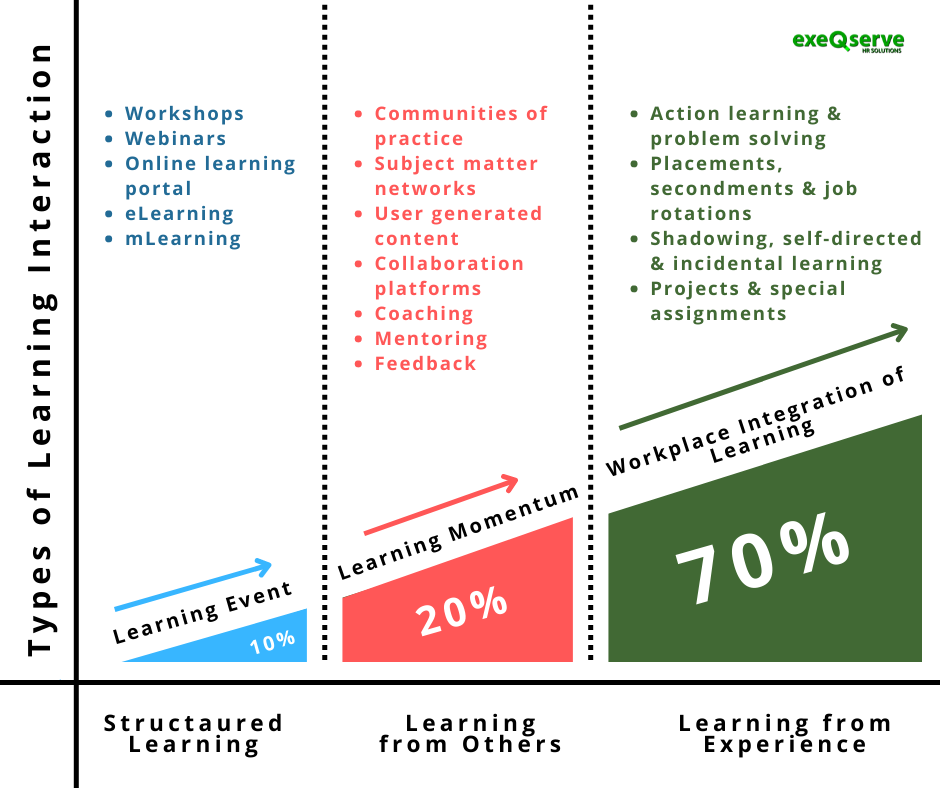As your organization establishes its corporate academy to establish a systematic way of addressing the employees’ developmental needs, it has become apparent that its long-term success depends on a holistic strategy.
A well-developed Talent Development Strategy is derived from a rigorous need assessment. Having a thoroughly developed competency-based position profile helps in benchmarking the individual employees’ competency strengths, and opportunities for improvement, helping them determine their developmental goals. It also helps in customizing developmental strategies that befit the learning gaps.
The big hurdles of competency-based talent development are the following:






